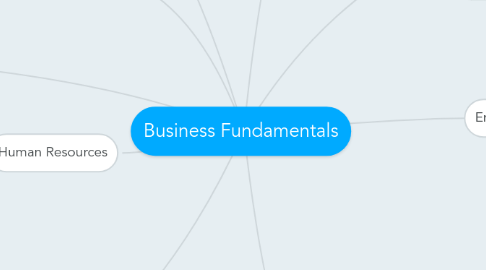
1. Human Resources
1.1. Organizational Culture
1.2. Relationship between employees and companies
1.3. Hiring,compensation,training,staffing,performance management
2. Accounting
2.1. Financial
2.1.1. Accounting Equation
2.1.1.1. Assets
2.1.1.2. Liabilities
2.1.1.3. Equity
2.1.2. External Stakeholders
2.1.3. Historic information
2.1.4. Financial statements
2.1.4.1. Balance sheet
2.1.4.1.1. Asset
2.1.4.1.2. Liabilities
2.1.4.1.3. Equity
2.1.4.2. Cash flow statements
2.1.4.2.1. Operating activities
2.1.4.2.2. Investing activities
2.1.4.2.3. Financing activities
2.1.4.3. Income statements
2.2. Management
2.2.1. Future
2.2.2. Decision making
2.2.3. Break-even tool
2.2.4. Costs
2.2.4.1. Sunk cost
2.2.4.2. Fixed cost
2.2.4.3. Variable cost
2.2.4.4. Opportunity cost
3. Marketing
3.1. Marketing research
3.1.1. consumer behaviour
3.2. Feedback loop
3.3. Brand positioning
3.3.1. Value proposition
3.3.1.1. Pops
3.3.1.2. Pods
3.4. Market plan
3.4.1. summary of present status
3.4.2. challenge
3.4.3. goal
3.4.4. market segmentation
3.4.5. campaign
3.4.6. conclusion
4. Operations
4.1. Supply chain management
4.1.1. Location
4.1.2. production
4.1.3. Inventory
4.1.4. Transportation
4.1.5. Variability
4.1.5.1. Forecast
4.1.6. Capacity
4.1.7. Quality
4.2. Direct business model
4.2.1. Cut middlemen
4.2.2. Customization
4.2.3. Communication
5. Activities
5.1. In-class group discussion&iclicker
5.2. Blog
5.3. Individual assignment
5.4. Group assignment
5.5. Tests
5.6. Reflective paper
6. Business Ethics
6.1. Value-based management
6.2. Success criteria
6.2.1. Money,Power,Status
6.2.2. Leadership,Social contribution,Creativity,Human decency
7. Entrepreneurship
7.1. Corporate Social Responsibility
7.1.1. Sustainability
7.1.1.1. Triple bottom line
7.1.2. Creating shared value/Expanding the total pool of social and economical value
7.1.2.1. Redefine productivity in the value chain
7.1.2.2. Build supportive industry clusters
7.1.2.3. Reconceive products and markets
7.2. Innovation
7.2.1. What's missing/bothering
7.2.2. Sustaining innovation
7.2.3. Disruptive innovation
7.3. Business Types
7.3.1. Non-profits
7.3.2. Social Enterprises
7.3.2.1. Social & Financial returns
7.3.3. Traditional Corporation
8. Finance
8.1. Financial ratios
8.1.1. IPO
8.1.2. P/E ratio
8.1.3. Gross Margin
8.1.4. Net Profit Margin
8.2. Cash flow
8.2.1. TVM
8.2.1.1. Inflation
8.2.1.2. Interest
8.2.1.3. NPV
8.3. Performance management
8.3.1. Organizational Structure
8.3.2. Profitability
8.3.2.1. Return on Assets
8.3.2.2. Inventory turnover ratio
8.3.3. Liquidity
8.3.3.1. Curent ratio

